it irritates me to no end when people say north american birds are dull in comparison to other countries’ birds
blue jay
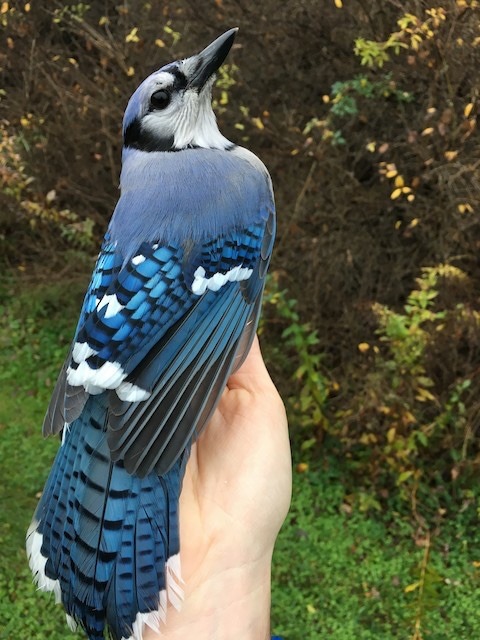
american kestrel

painted bunting
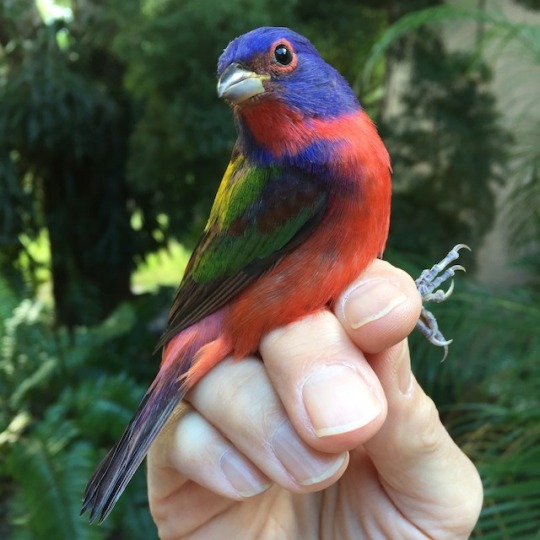
yellow-throated vireo

cerulean warbler
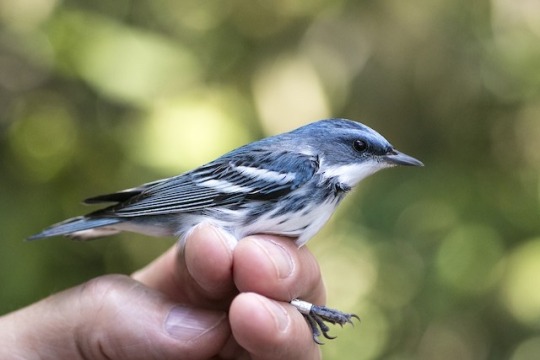
baltimore oriole
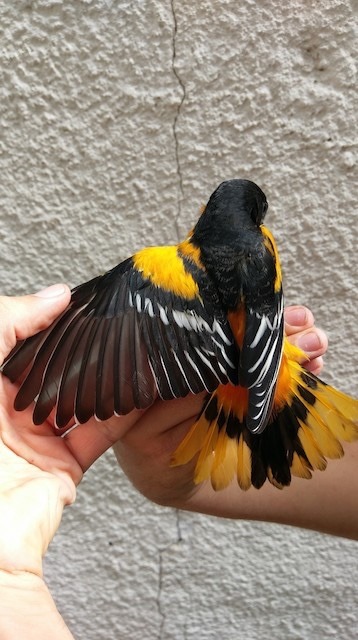
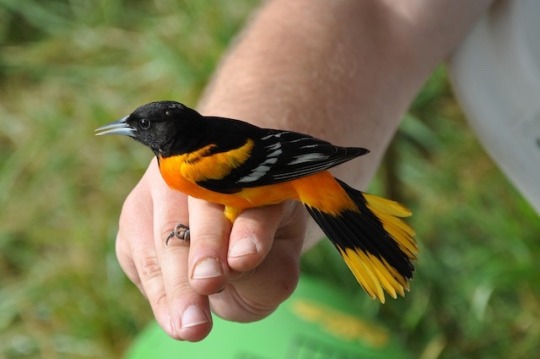
american goldfinch
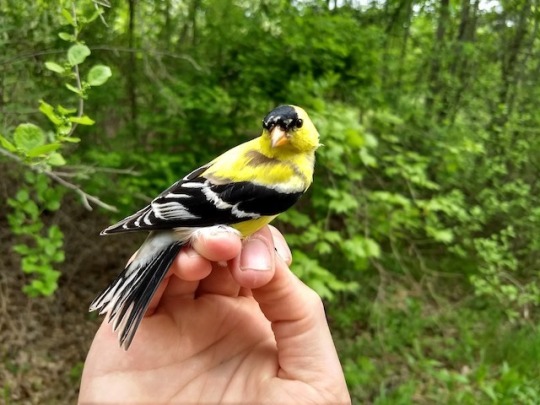
northern cardinal

it irritates me to no end when people say north american birds are dull in comparison to other countries’ birds
blue jay

american kestrel

painted bunting

yellow-throated vireo

cerulean warbler

baltimore oriole


american goldfinch

northern cardinal

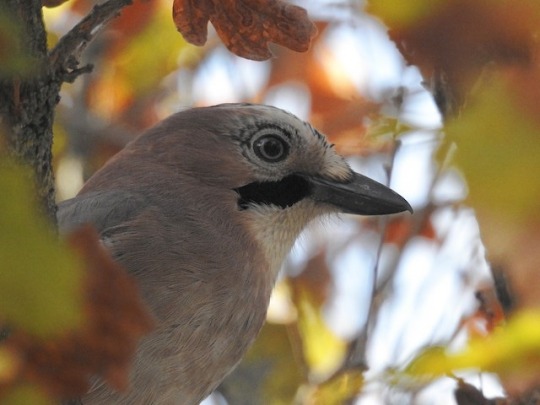

researchers at the university of cambridge have found that eurasian jays, a member of the corvid family, may show empathy, and cater to their partners’ needs. researchers fed a female jay where her partner could see her. there were two bugs that were fed: mealworms and waxworms. researchers fed only one kind. after receiving many, the jays wanted the other option. when the males were allowed to feed the female, they gave her the bug she had not been fed. when researchers fed the females out of sight, the jays did not know which was preferred and fed both bugs to their mate equally.

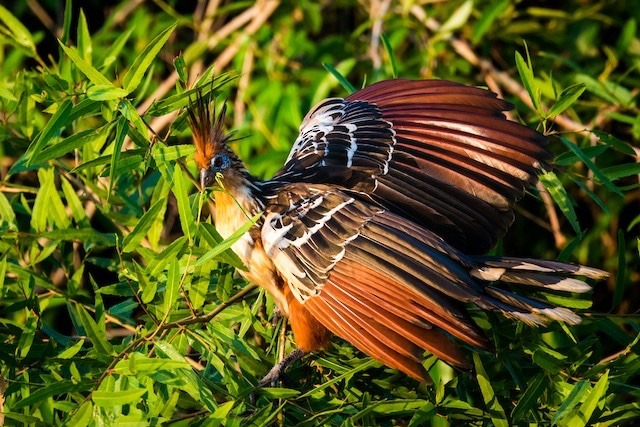
the hoatzin, also known as the ‘stink chicken’ or ‘skunkbird’ is a pheasant-sized bird native to the rainforests of south america. with many bizarre and un-birdlike traits, the hoatzin is often compared to reptiles. young hoatzins are born with two claws on their wings that assist them to climb in the rainforest (the claws eventually fall off). hoatzins have a bare face and large crest resembling a mohawk. the hoatzin earned their strange nicknames from their process of fermenting food inside their overly large crop, which makes them smell unpleasant.
(x)
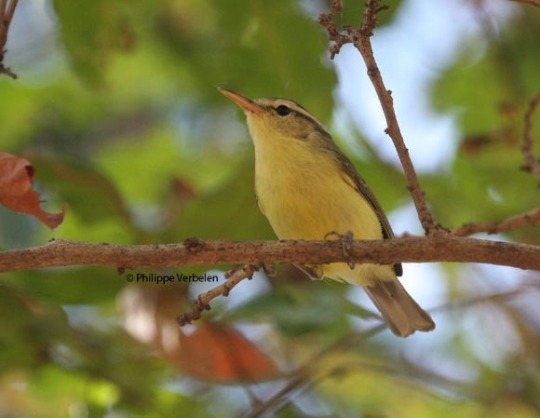

the rote leaf warbler is a small species of warbler found on the dry monsoon island of rote, an indonesian island, only discovered in 2018. the bird has a distinctly shaped long and curved bill, presumed to be an adaptation to life on the dry, mainly forest-less island. the rote leaf-warbler is similar to other species on the island, but was noticed by scientists due to its unusual color and shape.
(x)
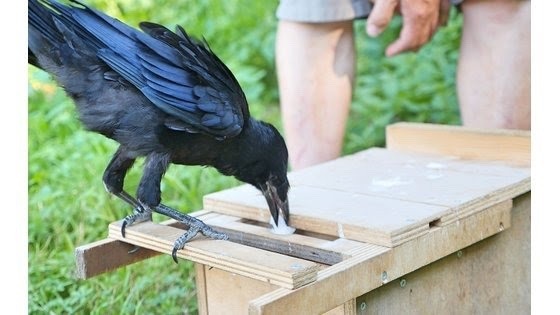
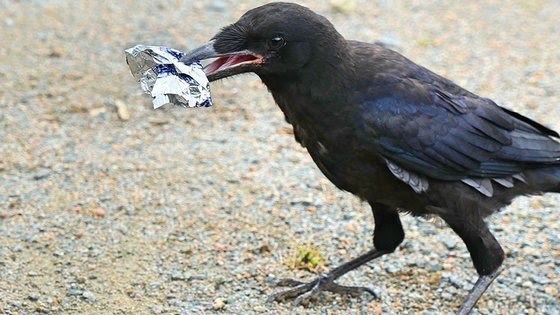
a french theme park has enlisted rooks, a species of crow, to help clean up cigarette butts and other trash. the smart crows were taught to put small pieces of garbage into a treat-dispensing box. while the theme park doesn’t feel that the crows will be able to handle a large-scale cleanup operation, they do hope they inspire human visitors to be more respectful.
(x)

though humans were once thought to be the only animals capable of planning for future events, scientists found that common ravens can pass these sorts of tests with flying colors. when given a tool that could be used to access a treat, the ravens took it and used it successfully. hours later, when given a lineup of objects they could choose from, the majority of ravens chose the tool, and held onto it for future use.
(x)
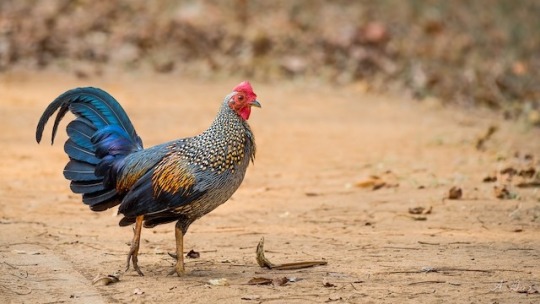
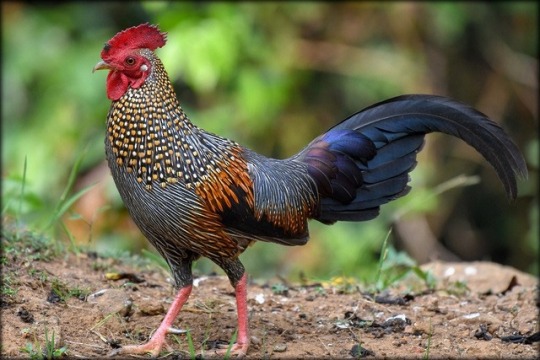
the gray junglefowl is a medium-sized gallinaceous bird found in india. though the red junglefowl is often credited as the sole ancestor of domestic chickens, both gray and green junglefowl also played a role. the gray junglefowl provided the gene for yellow legs seen in domestic chickens today. much like chickens, gray junglefowl forage on the ground for seeds, insects, and berries in small flocks.
(x)
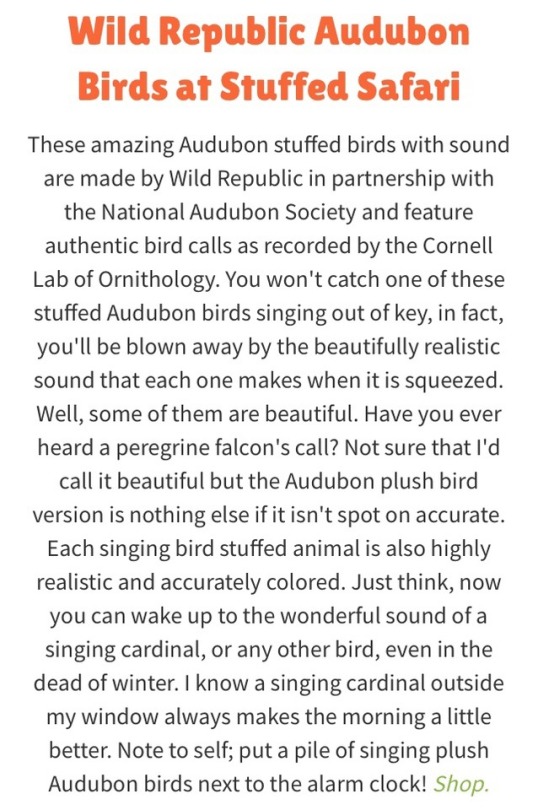

ornithology kids remember

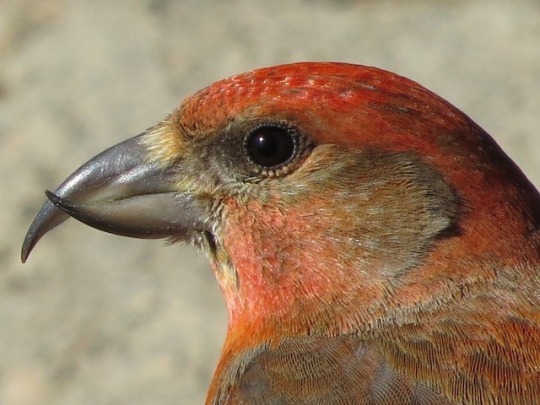
red crossbills are found throughout north america; a member of the finch family, they are distinctive because of their odd beak, which gives them their name. crossbills use their unusual beak as leverage to extract seeds from conifers. male crossbills come in shades from red to yellow, and females are yellow, greenish yellow or brown.
(x)

researchers explored the idea that parrots not only understand the concept of sharing, but the potential social benefits of it. griffin the african grey parrot was presented with four cups, with each cup’s color assigned a consequence. the green cup represented sharing, where both griffin and a human counterpart received a treat. the pink cup rewarded only griffin. the orange cup gave up griffin’s treat to the person, and the purple cup did not reward anyone. in the experiment, each round of the test began with griffin choosing a cup. student (human) subjects then echoed his choice. after several rounds, griffin understood he would gain a better outcome from sharing. earlier tests showed that when students chose to share with griffin, he was likely to reciprocate, but if the students chose the treat for themselves, griffin likely wouldn’t share.
(x)